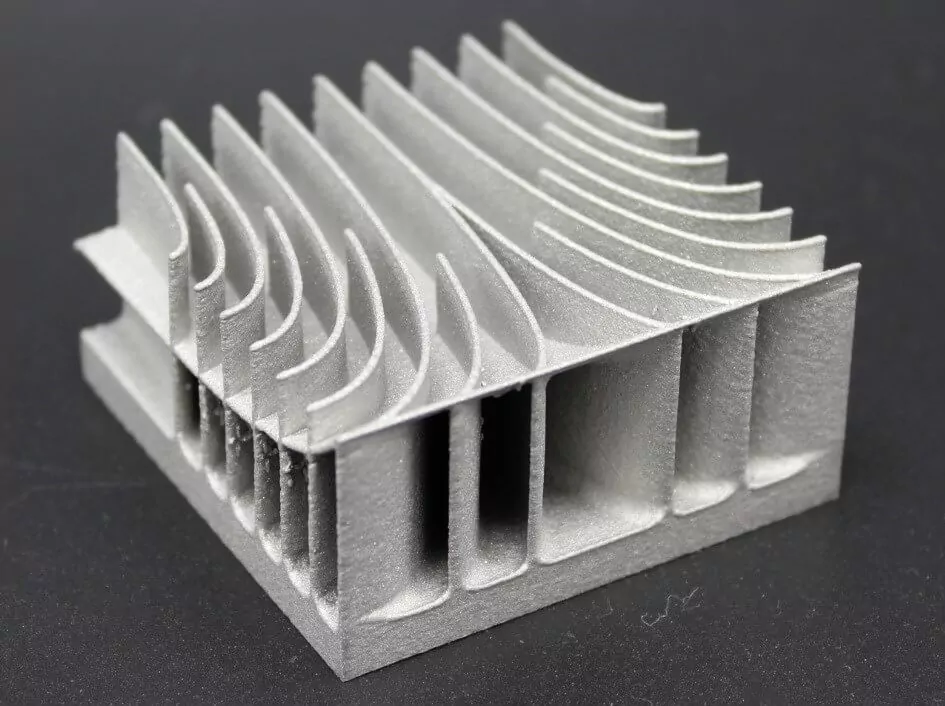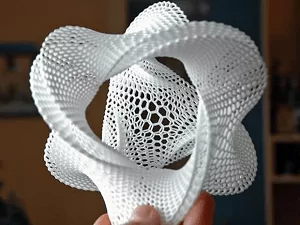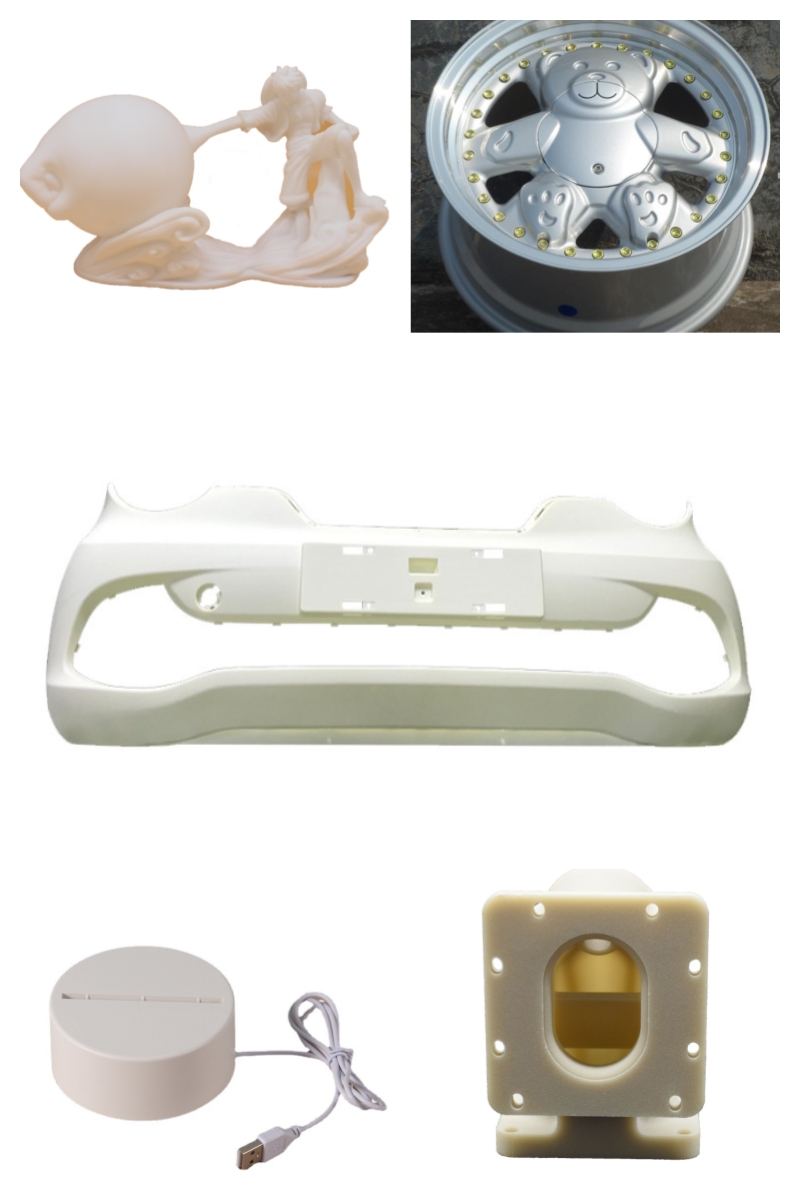How Custom 3D Printing Can Optimize Your Supply Chain

In today’s fast-paced manufacturing landscape, companies are constantly seeking innovative ways to streamline their supply chains and stay ahead of the competition. At Xilici (XLC), we recognize the transformative potential of custom 3D printing for supply chain optimization. This article explores how integrating 3D printing into your processes can revolutionize production, reduce costs, and enhance flexibility—while also touching on the roles of precision cnc turning and CNC turning services in a modern manufacturing ecosystem.
The Supply Chain Challenge: Why Optimization Matters
Supply chains are the backbone of manufacturing, connecting raw materials, production, and finished goods to end customers. However, traditional supply chains are often plagued by issues such as long lead times, inventory bottlenecks, and unpredictable demand fluctuations. These challenges can lead to inefficiencies, increased costs, and missed market opportunities.

To address these pain points, manufacturers are turning to advanced technologies like custom 3D printing, which offers unprecedented agility and responsiveness.
What Is Custom 3D Printing?
Custom 3D printing, also known as additive manufacturing, is a process that creates three-dimensional objects from digital designs by layering materials such as plastics, metals, or composites. Unlike traditional subtractive methods, which remove material to achieve a final form, 3D printing builds objects layer by layer, enabling intricate geometries and rapid prototyping.
How Custom 3D Printing Optimizes the Supply Chain
- On-Demand Production: With 3D printing, XLC can manufacture parts as needed, eliminating the need for large inventories and reducing warehousing costs.
- Faster Time-to-Market: Rapid prototyping and quick production cycles mean products reach customers faster, enhancing competitiveness.
- Customization and Flexibility: 3D printing allows for easy customization of parts, catering to unique customer requirements without the need for expensive tooling changes.
- Reduced Logistics Costs: By producing parts closer to the point of use, companies like Xilici minimize shipping expenses and reduce lead times.
- Lower Waste: Additive manufacturing produces less material waste compared to traditional manufacturing methods.
Case Study: XLC’s Integration of 3D Printing
At Xilici, we have integrated custom 3D printing into our operations to support both prototyping and end-use part production. This has led to a significant reduction in the time required to move from concept to finished product. For example, a recent project involved producing a series of complex brackets for a client in the automotive sector. Using 3D printing, we were able to deliver finished parts in days rather than weeks, allowing our client to accelerate their product launch.
The Role of Precision CNC Turning and CNC Turning Services
While custom 3D printing offers numerous advantages, it is not a one-size-fits-all solution. In many cases, high-precision components require the accuracy and finish that only precision CNC turning can provide. CNC turning services remain a cornerstone of advanced manufacturing, particularly for parts that must meet tight tolerances and demanding mechanical requirements.
At XLC, we combine the strengths of both technologies. Our precision CNC turning capabilities complement our 3D printing services, ensuring that we can deliver high-quality, functional parts—no matter the complexity or material. For instance, after initial prototyping with 3D printing, critical components may undergo CNC turning for final finishing, threading, or to achieve specific dimensional accuracies.
Industry Synergy: 3D Printing Meets CNC Turning
The integration of 3D printing and CNC turning services is a growing trend in the manufacturing sector. By leveraging the speed and flexibility of 3D printing alongside the precision of CNC machining, companies can optimize their supply chains for both prototyping and mass production. This hybrid approach not only improves lead times but also enhances product quality and reduces overall production costs.
Industry Insights: The Future of Supply Chain Optimization
The adoption of custom 3D printing is accelerating across multiple industries, including automotive, aerospace, medical devices, and consumer electronics. According to recent industry reports, the global 3D printing market is expected to reach over $50 billion by 2030, driven by advancements in materials, printer capabilities, and digital design tools.
Furthermore, the COVID-19 pandemic highlighted the vulnerability of global supply chains, prompting manufacturers to rethink their reliance on distant suppliers. With 3D printing, companies can localize production, reduce dependence on external vendors, and respond quickly to market changes.
Emerging Trends in 3D Printing and CNC Turning
- Digital Inventory: Companies are moving towards maintaining digital inventories of parts, which can be printed on-demand, reducing physical stockpiles and associated costs.
- Smart Manufacturing: Integration of IoT and AI with 3D printing and CNC turning services enables real-time monitoring, predictive maintenance, and improved quality control.
- Sustainability: Additive manufacturing supports sustainable practices by minimizing waste and enabling the use of recycled materials.
- Material Innovation: Advances in printable materials, including high-strength metals and bio-compatible polymers, are expanding the range of applications for both 3D printing and precision CNC turning.
Implementing 3D Printing in Your Supply Chain: XLC’s Approach
At Xilici, we guide our clients through every step of integrating custom 3D printing into their supply chains. Our process includes:
- Needs Assessment: We analyze your current supply chain and identify opportunities for 3D printing adoption.
- Design Optimization: Our engineers work with you to redesign parts for additive manufacturing, maximizing efficiency and performance.
- Prototyping and Testing: We quickly produce prototypes for evaluation, ensuring fit, form, and function.
- Production and Post-Processing: Finished parts are produced on-demand, with optional post-processing using CNC turning services for enhanced precision and finish.
- Continuous Improvement: We monitor results and continuously refine processes to deliver ongoing supply chain optimization.

Challenges and Considerations
While the benefits are substantial, integrating 3D printing requires careful consideration of factors such as material compatibility, part certification, and production scalability. At XLC, we address these challenges through rigorous quality control, ongoing staff training, and close collaboration with our clients.
Conclusion: The Competitive Edge with XLC
Custom 3D printing is reshaping the manufacturing landscape, offering companies an agile, cost-effective, and sustainable path to supply chain optimization. By combining the strengths of additive manufacturing with precision CNC turning and advanced CNC turning services, Xilici (XLC) empowers clients to meet evolving market demands with confidence.
Whether you are looking to accelerate product development, reduce costs, or enhance flexibility, XLC’s integrated approach to 3D printing and machining can help you unlock new opportunities and achieve a competitive edge. Contact us today to discover how we can transform your supply chain for the future.
Tags:precision machining,3d printing,cnc machining,cnc turning
